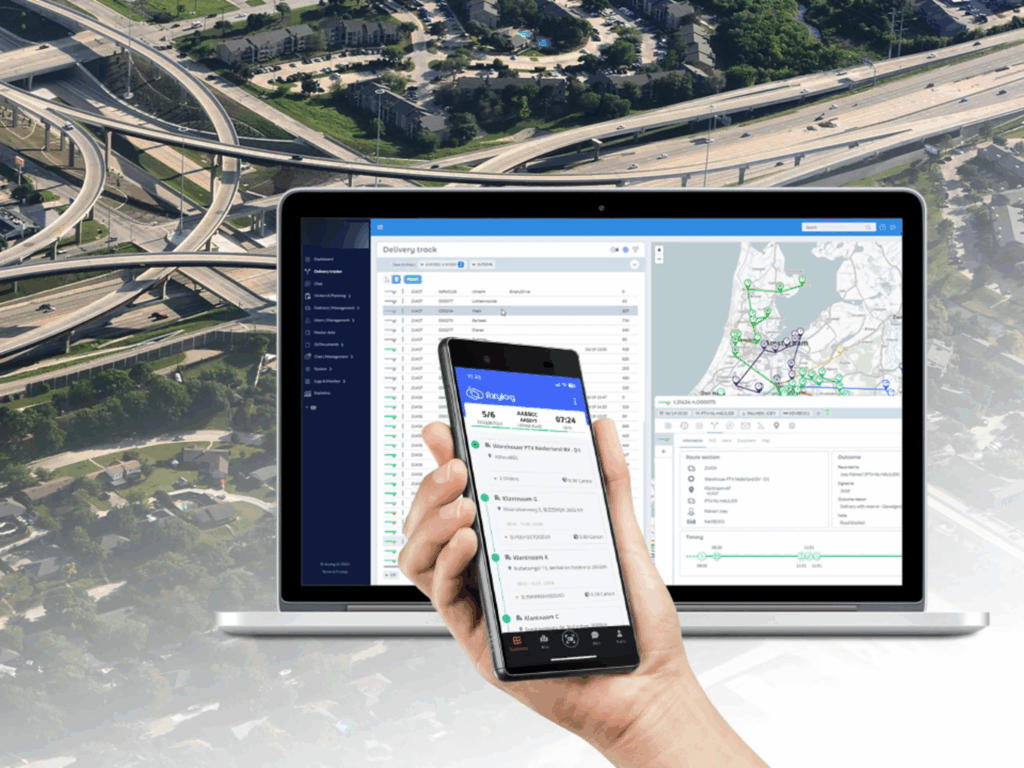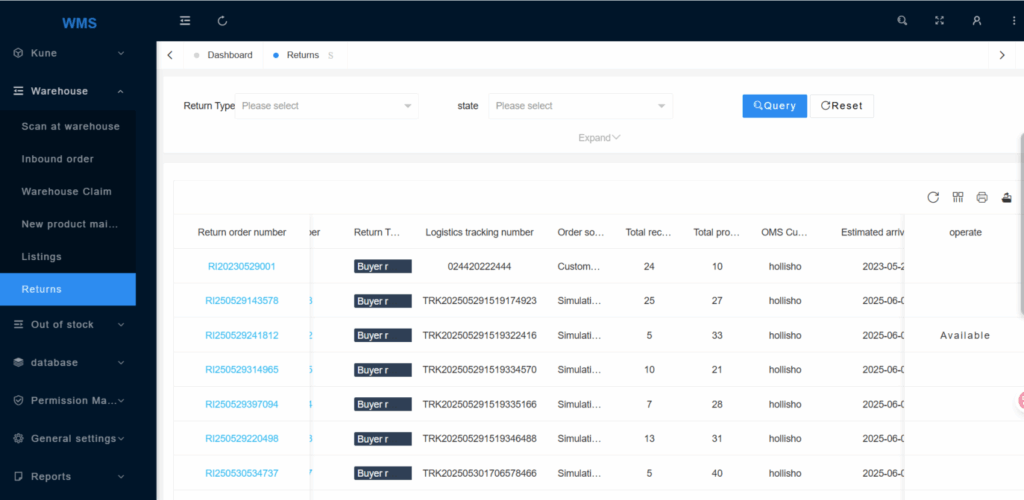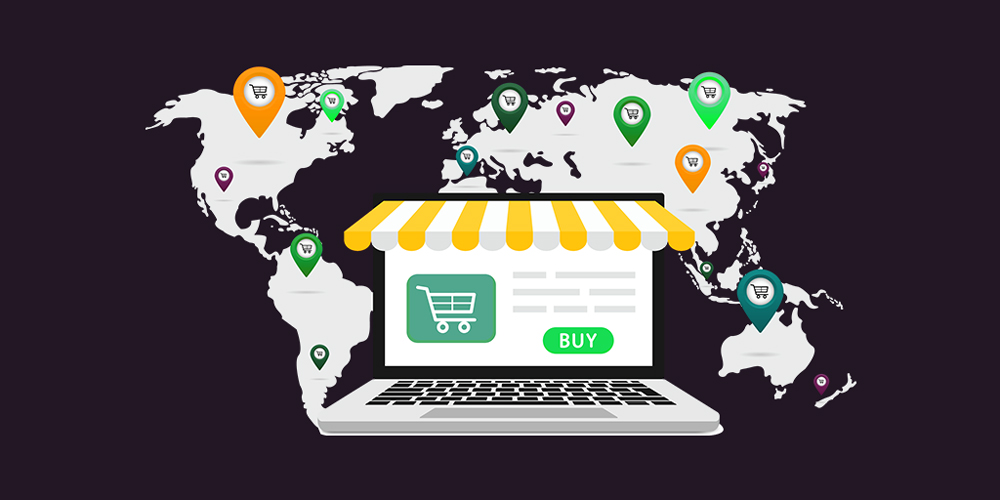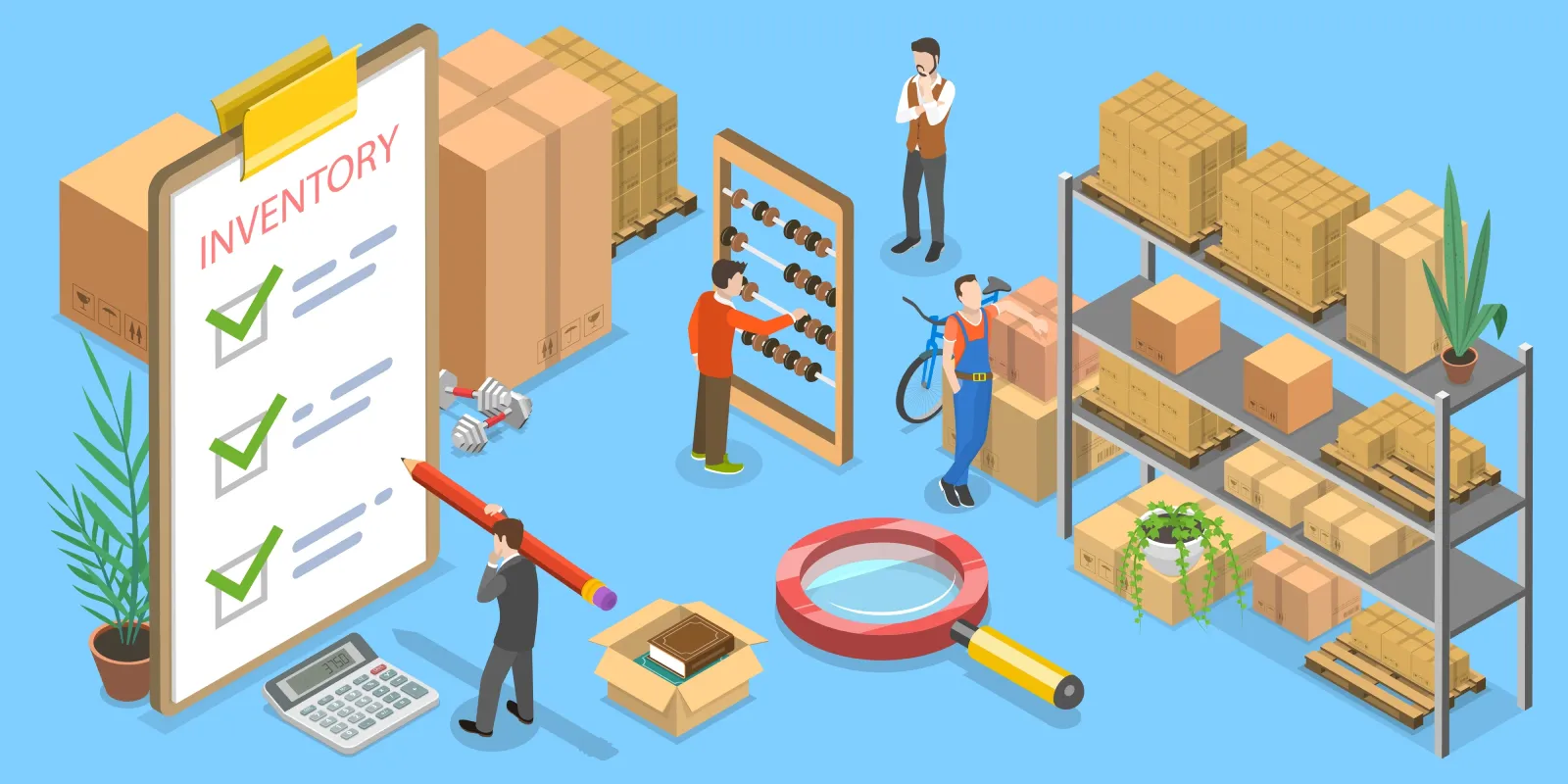现代供应链逆向物流的未来趋势
逆向物流 is no longer a background process — it has become a key part of modern supply chain success. As companies face rising customer expectations, sustainability goals, and global return challenges, efficient 逆向物流跟踪 now defines how well a brand can manage post-purchase operations. This article explores the future trends shaping this field and how service providers like 邮政包裹 are helping businesses stay ahead through advanced carrier management, delivery optimization, and seamless inventory and 订单管理服务.

Understanding Reverse Logistics in Supply Chain Management
供应链管理中的逆向物流 involves moving goods from customers back to manufacturers or warehouses for returns, repairs, recycling, or resale. Unlike traditional forward logistics, which focuses on product delivery, reverse logistics handles everything that happens after the sale.
As online shopping continues to grow, the volume of returns has surged. Businesses must now handle returned products quickly, accurately, and cost-effectively while maintaining customer satisfaction and minimizing waste.
Key goals of modern reverse logistics include:
- Reducing return processing time
- Enhancing visibility and tracking across carriers
- Improving inventory recovery and sustainability
- Lowering operational and transportation costs
高效 逆向物流跟踪 ensures that every return, repair, or recycling step is traceable and optimized, making it easier for brands to maintain control and transparency.
Trend 1: Real-Time Visibility and Tracking
The future of reverse logistics depends on 实时跟踪 and data visibility. Companies are increasingly adopting connected systems that allow them to monitor shipments throughout the return journey.

This shift provides several benefits:
- Faster issue resolution through proactive alerts
- More accurate return status updates for customers
- Reduced losses caused by misplaced or delayed items
Modern logistics providers like 邮政包裹 play a major role in enabling this visibility. Their 跟踪服务 connect carriers, warehouses, and retailers under one network, ensuring that every returned item is accounted for from pickup to final processing.
Trend 2: Integration with Circular Economy Practices
Sustainability is a growing driver of change. Businesses now focus on how reverse logistics can support recycling, refurbishing, and reusing returned products.
Emerging practices include:
- Refurbishing electronics for secondary markets
- Recycling packaging materials to reduce waste
- Creating closed-loop supply chains where materials are continuously reused
Reverse logistics tracking helps businesses record product lifecycles and make environmentally conscious decisions. With accurate tracking data, companies can identify which items are fit for resale or recycling, reducing both costs and carbon footprints.
Trend 3: Smart Data and Predictive Analytics
The next wave of reverse logistics innovation lies in 预测分析. By using data collected from 逆向物流跟踪, companies can forecast return rates, identify common issues, and plan inventory more effectively.
例如
- Retailers can anticipate peak return periods after holidays.
- Logistics teams can adjust carrier capacity to prevent congestion.
- Inventory planners can redistribute returned goods faster.
提供商,如 邮政包裹 utilize data-driven insights to help clients manage inventory and orders more effectively. Their services support businesses in turning return data into actionable strategies that improve efficiency and reduce costs.

Trend 4: Collaboration Between Retailers and Carriers
As returns become more complex, collaboration between retailers, carriers, and fulfillment partners is essential. Instead of operating in silos, supply chain players are sharing data and resources to improve return handling and delivery precision.
邮政包裹 承运商管理和交付服务 stand out in this area. By coordinating multiple carrier networks through a unified service approach, they enable faster returns, reliable deliveries, and cost-effective shipping for both forward and reverse logistics. This cooperative model ensures smooth operations even across borders.
Trend 5: Reverse Logistics Automation
Automation is transforming reverse logistics, from smart sorting systems in warehouses to automated return labels and scanning solutions.
The benefits include:
- Reduced manual errors during sorting
- Faster processing of returned goods
- Better allocation of storage and transport resources
Automated solutions paired with 逆向物流跟踪 allow companies to achieve higher accuracy, faster turnaround times, and improved customer satisfaction.
How Postalparcel Supports Reverse Logistics Excellence
在 邮政包裹, reverse logistics is more than just moving returns — it’s about creating a connected, efficient, and customer-first experience. The company offers specialized 承运商管理和交付服务 designed to ensure that each shipment, whether outbound or returned, reaches its destination accurately and on time.

Beyond transportation, Postalparcel’s inventory and order management services help businesses track stock movement, optimize warehouse operations, and manage returns efficiently. These services empower companies to reduce waste, save costs, and improve turnaround times without investing in complex logistics systems.
With Postalparcel’s end-to-end support, brands can focus on their customers while maintaining full visibility and control over every return or exchange. This service-driven approach makes Postalparcel a trusted logistics partner for global eCommerce and 满足 业务。
The Future Outlook for Reverse Logistics
The future of reverse logistics will rely on smarter tracking, sustainability, and stronger partnerships. As customer expectations evolve, businesses that embrace real-time visibility and flexible logistics services will gain a clear advantage.
邮政包裹 is leading this transformation by combining technology with personalized logistics support — offering scalable, transparent, and efficient solutions for every return journey. Their reverse logistics services are not just about moving parcels; they redefine how businesses connect, recover value, and grow sustainably.
结论
The evolution of 逆向物流跟踪 marks a turning point in how supply chains operate. What was once a reactive process has become a strategic opportunity to enhance efficiency, customer trust, and environmental responsibility.
通过与 邮政包裹, companies can streamline their returns process through expert carrier management, reliable delivery solutions, and optimized inventory control. The future of reverse logistics is already here — and it’s powered by intelligent, service-driven logistics partners like Postalparcel.
行业洞察
收件箱消息
Nulla turp dis cursus.整体释放,预留空间








